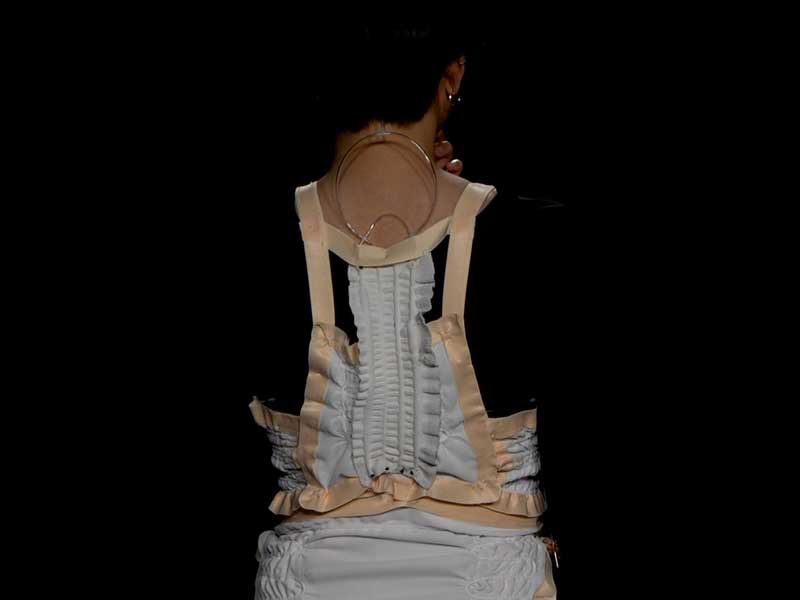It’s deeply fascinating that human beings can make sense of literally anything. We could be dealing with situations and patterns totally out of our knowledge radius, and yet there remains a good chance that we’ll be able to connect the dots and create a comprehensible picture in our mind. This very ability of ours ensures that our evolutionary process is as smooth as it can possibly be. Therefore, by doing so, it sets the stage for us to get better as individuals with every novel interpretation regardless of its nature. Nevertheless, the human skill in question had to pull off something really special and unprecedented when they world stumbled upon technology. After all, the creation itself went beyond much of what we had dared to imagine until that point. Once we were able to get a grip of technology’s core purpose, our next piece of assignment was imagining a productive role for it in our lives. As it turned out, we ended up identifying multiple areas as somewhere we could use a technological boost. One of these areas was the medical sector. Stagnated by some obsolete methodologies, the healthcare sphere’s search for a turning point concluded in a generational shift, which was going to change its perception in people’s mind forever. Having scaled up rather consistently since then, the sector is now prepared to redefine the idea of healthcare once again. The next stop would be making it far more tailored to the patient’s needs than it is right now, and push in exactly that direction was recently made by the team of scientists at MIT.
The researching branch of MIT has come with a concept of robotic textile, which is designed to provide the medical professionals with meaningful data about patient’s breathing patterns. Such a creation is expected to be beneficial for people suffering from breathing complications in the aftermath of a surgery or a disease like Covid 19 that is known for directly affecting your respiratory system. The robotic textile is basically made from an assortment of actuatable fibers. These fibers, in turn, are powered by compressed air, thus allowing the flexibility to judge wide-ranging movements. It must be noted that the miniscule structure of these fibers also makes it feasible to embed them in different types of garments.
Another thing worth acknowledging here would be although compressed air is integral to what this device is out to achieve, we can replace it with liquid and not lose any efficiency whatsoever. As per the shared details, the robotic textile is fragmented into five different layers: a fluid channel, a stretchable sensor to monitor the extent and nature of movement during use, a surrounding silicone layer, a braided polymer mesh, and a non-stretchable filament to avoid any occurrence of overextension.
Apart from all the medical applications of it, the device can also be used by singers and other professional who rely on their breathing technique for better performance. As of now, the team is working in collaboration with Uppsala University, and KTH Royal Institute of Technology in Sweden to outline the next steps of robotic textile’s development.



















